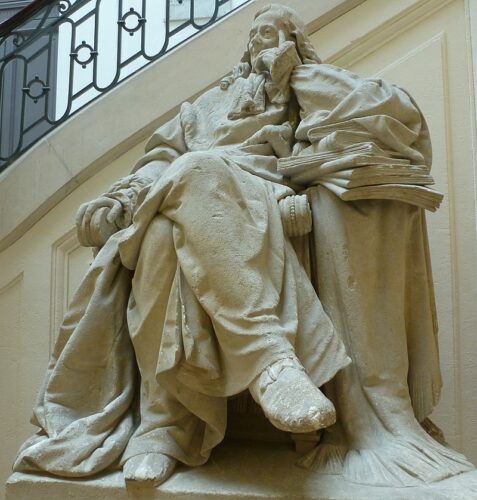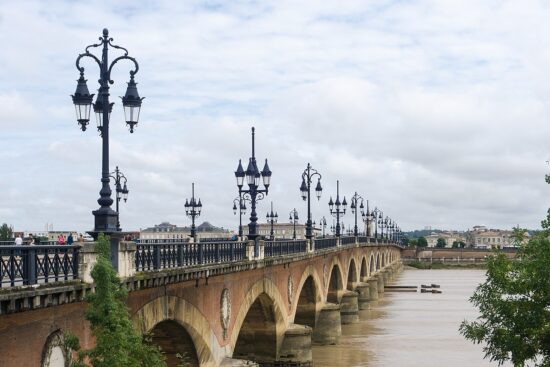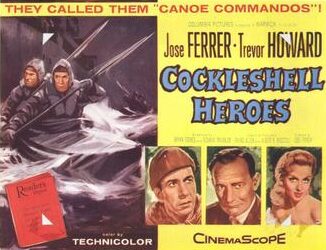Maturity
18th century was the Age of Enlightenment which would find Bordeaux most receptive to its liberal ideas. Montesquieu, one of the fathers of the movement, was born a few kilometres south of Bordeaux. He became a counselor of the Parliament of Bordeaux in 1714. His writings on the separation of powers would become the baseline of modern democracies of the western world and the main source of inspiration for the founding fathers of the first American constitution.



The Bordelais would very soon rejoice with the Revolution of 1789. In 1790 the radical revolutionary political group of the Girondins is created in Bordeaux.


Napoleon’s coup d’état in 1799 was well-received by the libertarian city which had grown weary of the anarchy that had reigned since the fall of Robespierre in 1794. The public had a change of hearts after the successive & costly Napoleonic Wars. Bordeaux was a city of merchants and trade suffered a lot from the continental blockade and the rivalry with England. Napoleon would however contribute to the beautification of the city with the Pont de pierre, the first bridge over the Garonne River, planned and designed during the First French Empire, the bridge would ease the development of the Right Bank (the Bastide district) and would for ever remind the great general’s days. In addition Napoleon would order the demolition of the Château Trompette which in 1818, would be replaces by the Place des Quinconces.


The Restoration was for Bordeaux a period of commercial, literary and artistic renaissance; but its political role had ended with the end of the 18th century. The population that at the end of the Napoleonic period had been reduced from 104,000 to 92,000 would bounce back to 104,000 by the end of 1840. Entrepôt Lainé one of the last and finest examples of 19th century port architecture in Europe was constructed as a warehouse for products coming from the colonies (Today the center of contemporary visual arts). In 1858 the Jardin botanique de Bordeaux is established as a didactic garden, a space both educational and recreational, managed by specialized scientists and open to the public.


In 1870 during the Franco-Prussian War the French government moves to Bordeaux from Paris, a relocation that would take place again during the First World War & briefly during the Second World War. During that period the population of the wider city would double to more than 250,000. After 1941 Bordeaux would be occupied by the German Nazis who in collaboration with the Italian Royal Navy constructed an underwater base in order to prevent a possible Allied landing. The port of the city became a major destination for goods that could support the German cause. In one of the most courageous and imaginative commando raids of WWII, a small English unit of twelve Royal Marines with six canoes boarded on a British submarine and reached the Gironde estuary seven days later with a purpose to attack the docked cargo ships in Bordeaux’s port with limpet mines. The commandos manged to cause severe damage to 5 of the docked ships with only two men surviving the heroic raid. Operation Frankton would be immortalized in a 1955 fictionalized movie version of the story The Cockleshell Heroes while in 2002 a walking path (The Frankton Trail) which traces the 100 miles (160 km) route taken through occupied France, on foot, by the two survivors was inaugurated.



On August 28, 1944, the jubilant population flooded the streets of Bordeaux celebrating the German departure after four long years of occupation, oppression, humiliations, restrictions and abuses. From 1947 to 1995 Jacques Chaban-Delmas a 31 year-old Resistance general was elected Mayor of the city, becoming one of the main architects of its redevelopment, with the University, the Hospital & two new bridges, the Saint-Jean & the Aquitaine bridge being some of his term most notable achievements.



In 1995, Alain Juppé took over the helm. The old town was renovated while the 18th century buildings and the banks of the Garonne River were restored. The construction of a tramway limited excessive traffic in the city and transformed the old town into a pedestrian area. In 2007 Bordeaux became the largest urban complex listed on the UNESCO World Heritage list.


(With the help of franzvonhierf.com)

